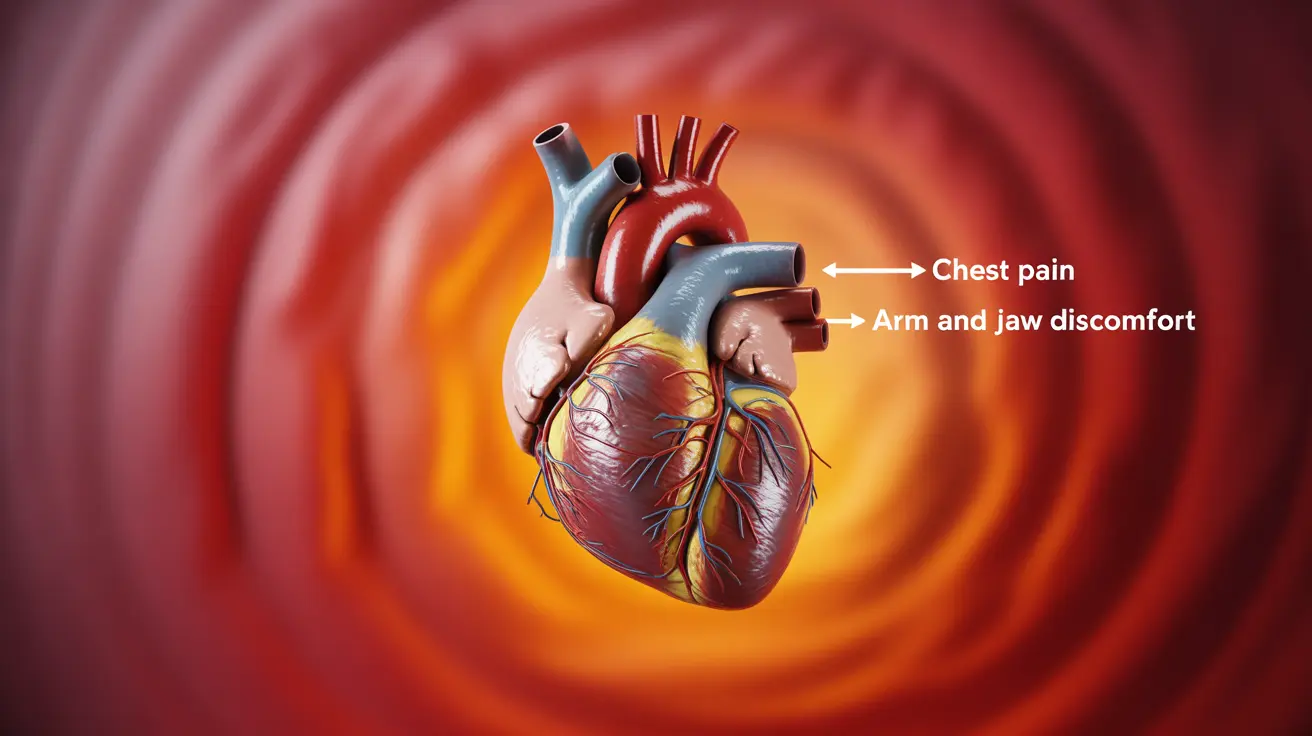If you're experiencing facial redness, bumps, or breakouts, you might be wondering whether you're dealing with rosacea or acne. While these common skin conditions can appear similar at first glance, they have distinct characteristics, triggers, and treatment approaches. Understanding these differences is crucial for getting the right diagnosis and effective treatment.
In this comprehensive guide, we'll explore the unique features of rosacea and acne, helping you better understand their symptoms, causes, and management strategies. Whether you're seeking clarity about your skin condition or looking to improve your current treatment plan, this information will help you make more informed decisions about your skin health.
Key Characteristics of Rosacea and Acne
Rosacea Symptoms and Patterns
Rosacea typically manifests as persistent redness in the central face, particularly on the cheeks, nose, chin, and forehead. People with rosacea often experience flushing episodes, visible blood vessels (telangiectasia), and sensitive skin that may sting or burn. The condition tends to flare up and then subside in cycles.
Acne Characteristics
Acne presents differently, with various types of blemishes including blackheads, whiteheads, papules, and pustules. Unlike rosacea, acne can affect multiple areas of the body and is often linked to excess oil production and clogged pores. The bumps typically have a more defined appearance with visible pus or blackheads.
Understanding Triggers and Causes
Rosacea Triggers
Rosacea is often triggered by specific environmental and lifestyle factors, including:
- Exposure to sunlight
- Hot or cold temperatures
- Spicy foods
- Alcohol consumption
- Emotional stress
- Hot beverages
- Certain skincare products
Acne Triggers
Acne triggers typically involve:
- Hormonal changes
- Excess oil production
- Bacteria
- Dead skin cell buildup
- Diet (particularly dairy and high-glycemic foods)
- Certain medications
- Stress
Treatment Approaches
Managing Rosacea
Rosacea treatment focuses on controlling symptoms and preventing flare-ups through:
- Gentle skincare routines
- Sun protection
- Prescription topical medications
- Oral antibiotics when necessary
- Laser therapy for visible blood vessels
- Trigger avoidance
Treating Acne
Acne treatment typically involves:
- Regular cleansing routines
- Topical treatments (benzoyl peroxide, salicylic acid)
- Prescription medications (retinoids, antibiotics)
- Hormonal treatments for some patients
- Chemical peels or other professional treatments
When Both Conditions Coexist
Some individuals may experience both rosacea and acne simultaneously, a condition sometimes called "acne rosacea." This combination requires carefully tailored treatment approaches that address both conditions without aggravating either one. Working with a dermatologist is essential for developing an effective management plan.
Frequently Asked Questions
What are the main differences between rosacea and acne in terms of symptoms and appearance?
Rosacea primarily causes persistent facial redness, flushing, and visible blood vessels, with possible bumps and pimples. Acne, however, produces various types of blemishes like blackheads, whiteheads, and cystic lesions, often with visible pus or comedones. Rosacea typically affects the central face, while acne can occur anywhere on the face and body.
How can I tell if my facial redness and breakouts are caused by rosacea or acne?
Rosacea typically involves persistent redness, flushing, and sensitivity, with bumps that don't usually contain pus or blackheads. Acne produces more defined pimples with visible pus or blackheads. If you're unsure, consult a dermatologist for an accurate diagnosis, as proper identification is crucial for effective treatment.
What triggers worsen rosacea compared to acne, and how can I avoid them?
Rosacea is typically triggered by environmental factors like sun exposure, temperature changes, and certain foods and beverages. Acne is more commonly triggered by hormonal changes, excess oil production, and bacteria. Keep a trigger diary to identify your specific triggers and work to avoid them.
What are the most effective treatments for managing rosacea versus acne?
Rosacea treatment focuses on gentle skincare, trigger avoidance, and specific medications designed to reduce inflammation and redness. Acne treatment typically involves products that control oil production, clear pores, and kill bacteria. Each condition requires different treatment approaches, so using the wrong products could worsen symptoms.
Can rosacea and acne occur together, and how does that affect treatment options?
Yes, rosacea and acne can occur simultaneously. This requires a carefully balanced treatment approach that addresses both conditions without aggravating either one. A dermatologist can create a customized treatment plan that may include gentle, non-irritating products and medications specifically chosen to manage both conditions effectively.




